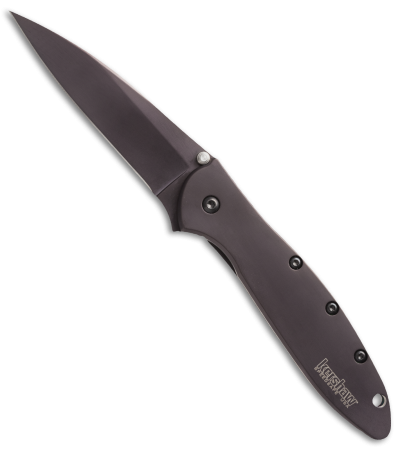Even if you’re really into spring assisted knives, chances are you don’t know much about their background or history. In fact you may have even found yourself thinking, “What is a spring assisted knife?” The truth is, I didn’t really know much about the history of spring assisted knives either until just recently, and it’s pretty interesting. Take a look at the history and mechanics of spring assisted knives.
History of Spring Assisted Knives
Interestingly enough, the research I did suggests that automatic knives were invented much earlier than spring assisted knives. I, for one, thought that automatic knives would have been made first since they seem more technical to make. However, automatic knives and spring assisted knives are actually pretty similar as far as mechanics go, but I’ll go more into detail about that later.
The first spring assisted knife was designed by Blackie Collins. Collins passed away in 2011, but during his life, he was an amazing knifemaker. He and Bill Meyer teamed up to create the company Meyerco, but they also designed the first assisted-opening knife in 1995. Collins named the knife the “Strut’N’Cut” after his Ducati motorcycle, which had a single strut. The Strut’N’Cut won the “Most Innovative American Design” award at the 1997 Blade Show.
A few years later, knifemaker Ken Onion came up with a similar concept. Spring assisted knives gained a lot of popularity with the help of his SpeedSafe mechanism that you’ll find in the spring assisted knives Onion has designed.
What is a spring assisted knife?
I mentioned earlier that automatic knives and spring assisted knives are fairly similar. Automatic knives are opened with the help of a spring, like spring assisted knives. With automatic knives, all you have to do to deploy the blade is push a button, and the spring fires the blade for you.
Spring assisted knives are constructed somewhat differently, though. Spring assisted knives do not open automatically, but must be opened to about 45° before the springs take over and finish opening the knife. When spring assisted knives are closed, the blade is held in place by torsion springs and sometimes also a lock. Then, when a thumb stud or flipper is pushed, the spring moves and deploys the blade.
Other Random Spring Assisted Tidbits
As we’ve stated before on the Spring Assisted Knives blog, spring assisted knives are typically legal in more places than automatic knives. For that reason, they can be a more attractive option when choosing a knife because they’re not as restricted as automatic knives (although they’re more restricted than manual knives). They also have very speedy opening that’s right up there with the speed you get from automatic knives. So, with spring assisted knives, you get speedy opening that is legal in more places than automatic knives. Win, win.
So what is a spring assisted knife? I hope we’ve been able to enlighten you, but if you still have questions, let us know in the comments section below!
At Blade HQ, we’ve got a pretty great selection of spring assisted knives, including the latest releases from your favorite manufacturers.
Is there anything else you want to know about spring assisted knives? Are you in need of a recommendation for a good spring assisted knife? Let us know in the comments section!


Is true the those knife are forbidden in Canada, spring, automatic or semi automatic.
Is there a kind of knife that won’t use a spring mecanism but an unlock-sliding lock mechanism to help people with disability.
Thanks.
Robert
Hey Robert!
The only knives we have that do not have springs are manual folders and fixed blades. For people with disabilities, we suggest knives that have helpful features such as flippers, the Emerson Wave, or thumb studs/holes. These knives can be opened one handed, and knives with frame locks or liner locks can be easy enough to close with one hand as well. Please let me know if you’d like any further suggestions as to what knives might work best for you!